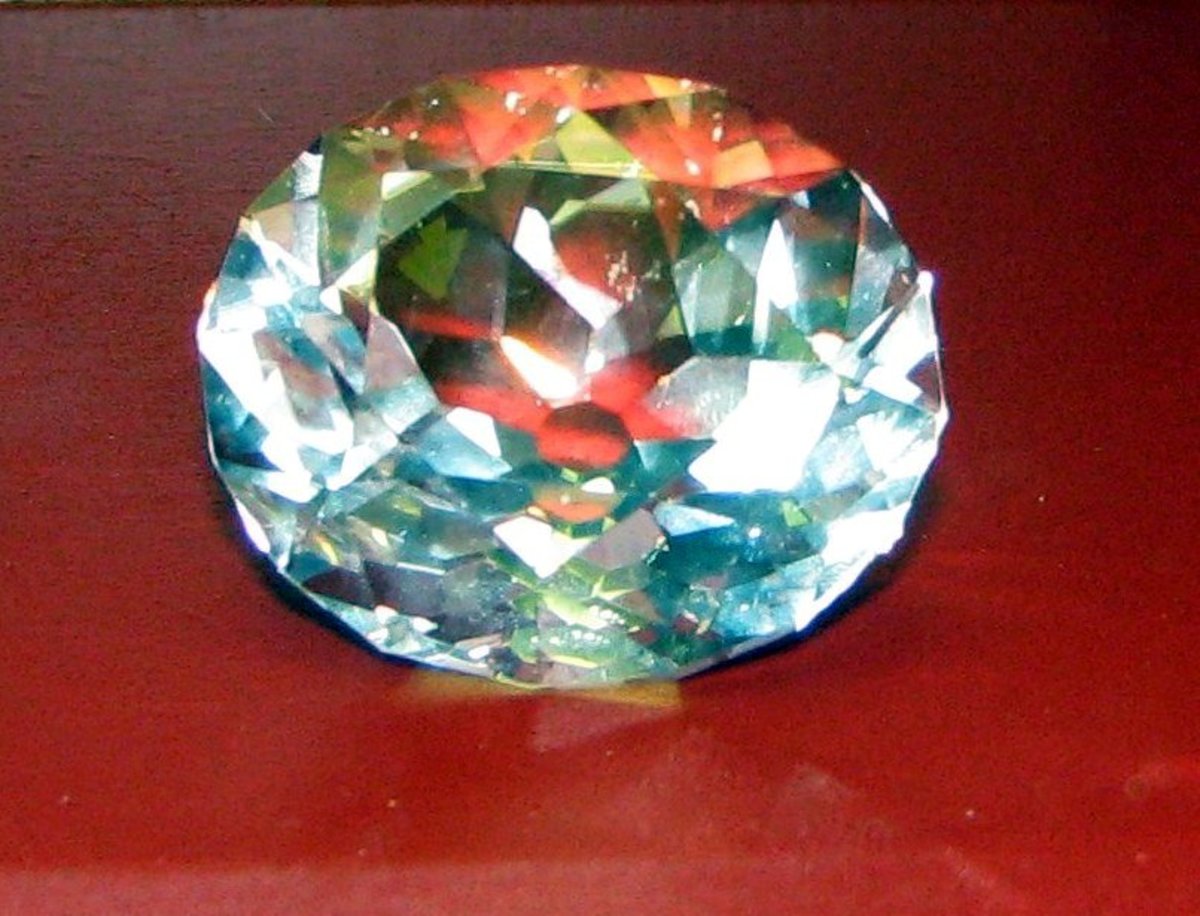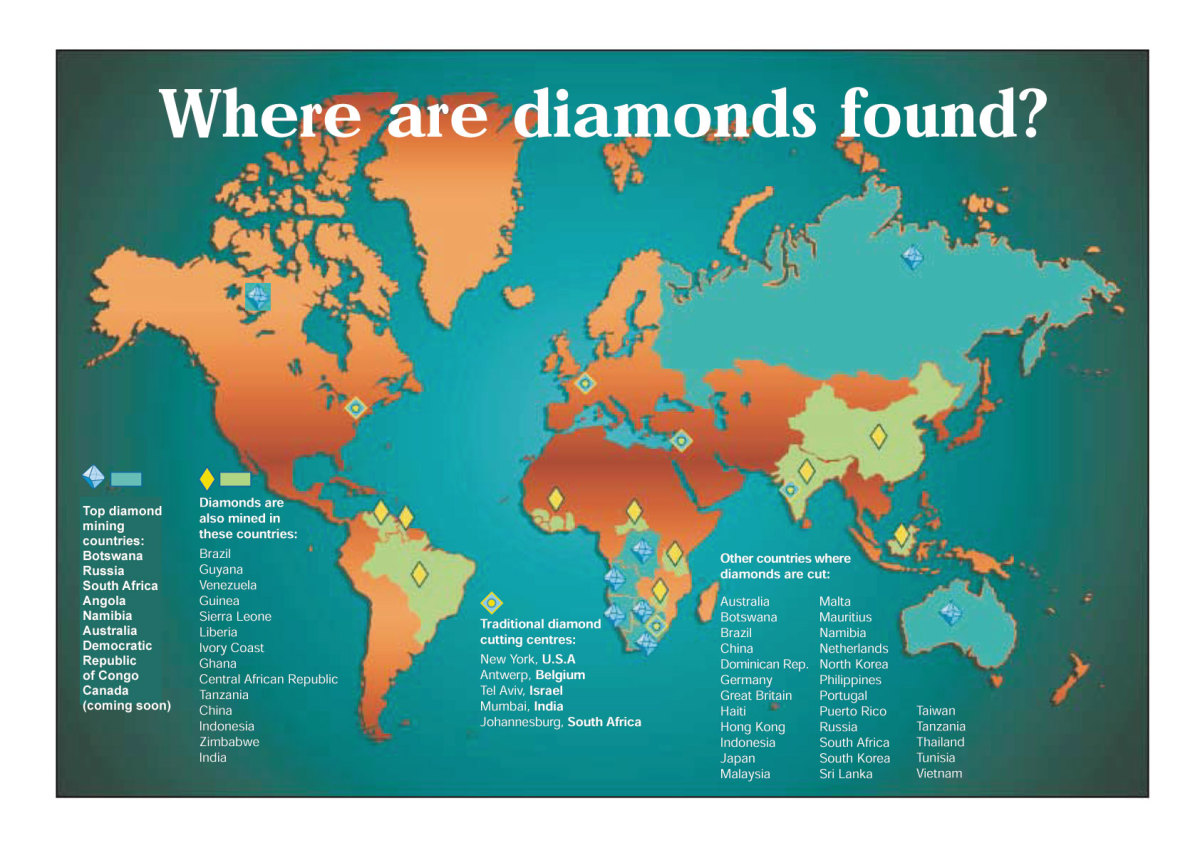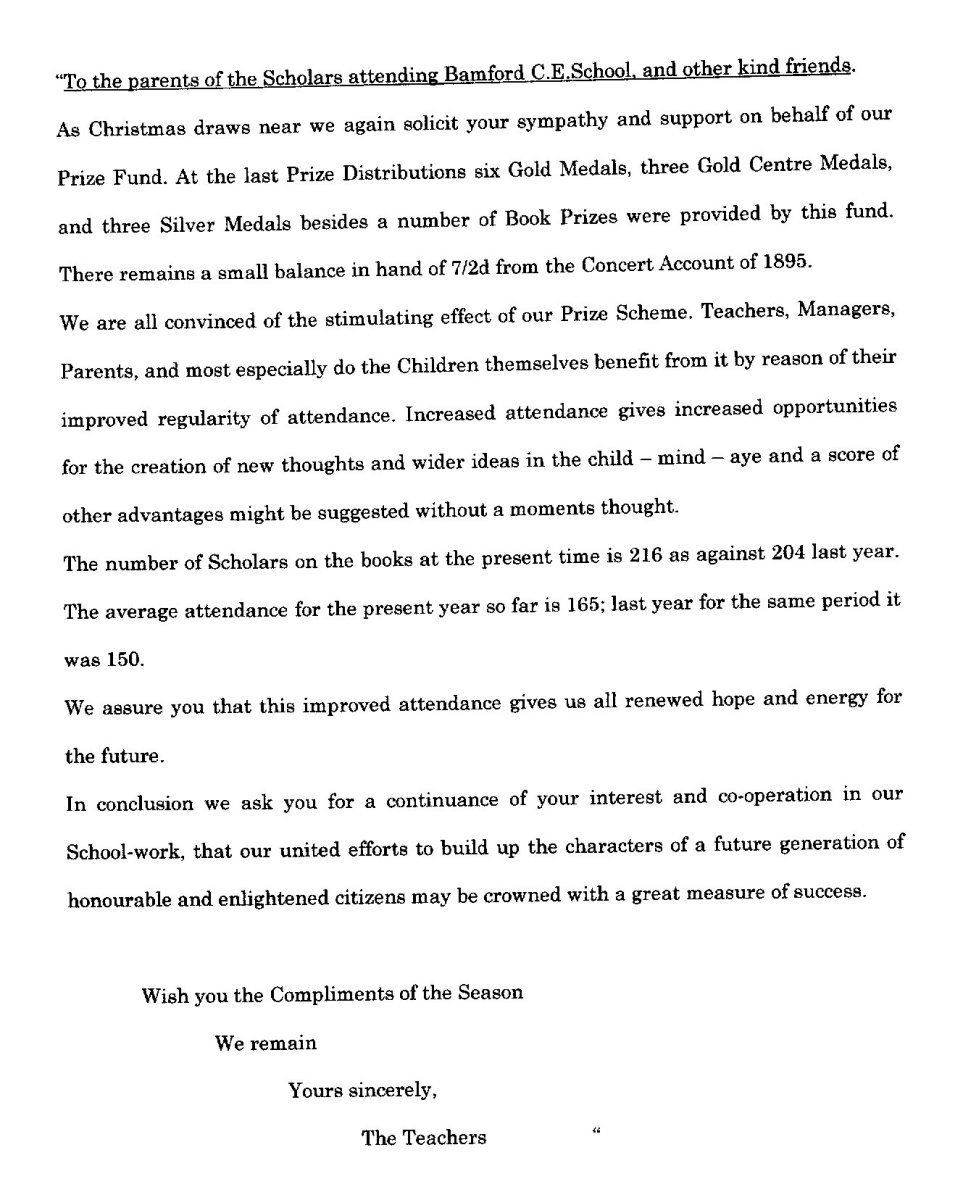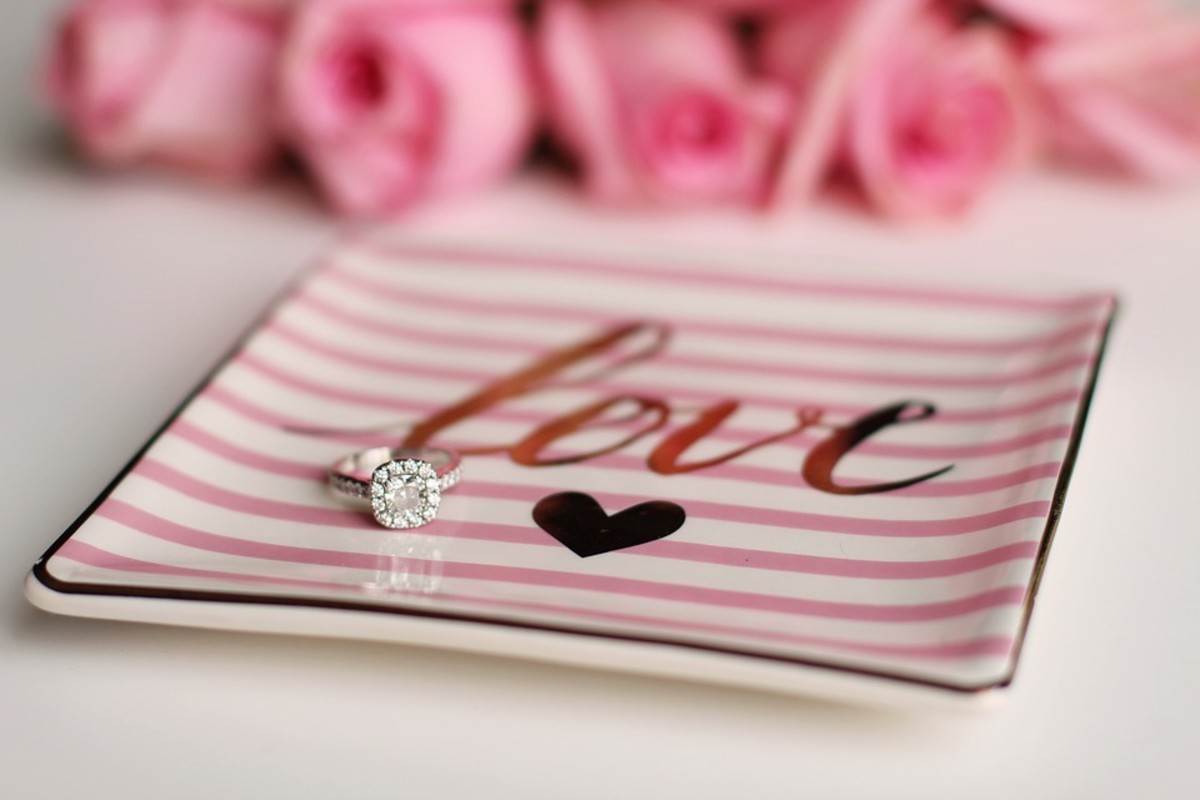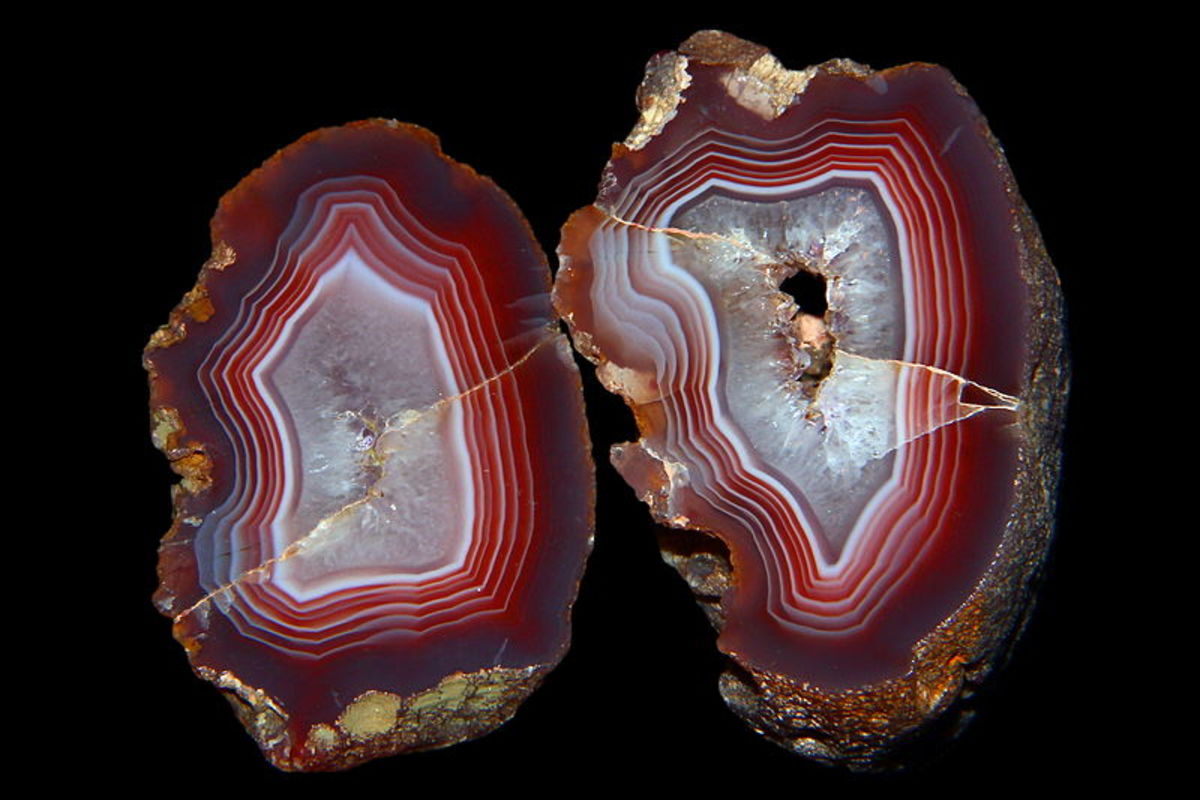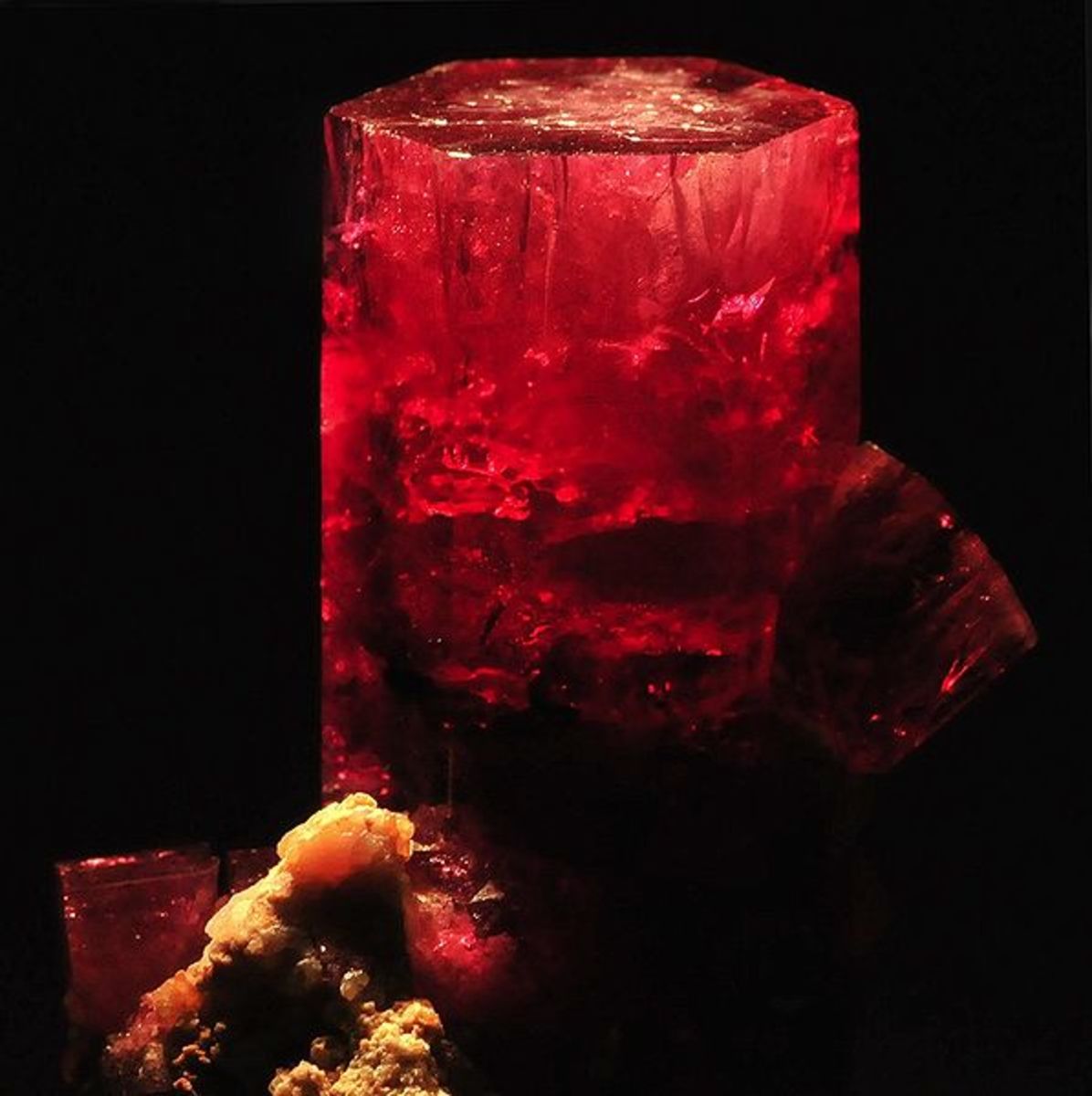Diamond Buying Myths Busted by an Insider
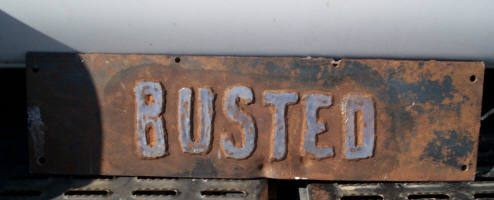
Comparing the 4 C’s will ensure you get a good buy.
Customers should become familiar with the 4 c’s: Carat Weigh, Color, Clarity, and Cut so they may understand what the sales associate is talking about. Most customers however only consider the first 3 C’s, carat, color, and clarity. They often confuse the 4Th C, cut, with the shape of the diamond and pay it no mind. The 4th C, Cut is the most import of the 4 C’s. It doesn’t refer to the shape of the diamond it refers to the proportions, symmetry and polish and it determines 60% of the diamond’s price.
There are 5 cut categories where the diamond may fall: Excellent, Very Good, Good, Fair, and Poor. The better the cut the better the diamond is able to maximize the use of the light and the more it will sparkle and shine, therefore it’s more rare and more valuable. The poorer the cut, the less brilliant the diamond, and less valuable.
Understanding the 4 C’s won’t help most customers because they usually focus on the first 3 Cs. That is why when a customer views a diamond which is1 carat, G color and an SI1 clarity at one jeweler for $7000 and then views another diamond that is 1 carat, G color, and an SI1 clarity at another jeweler for $4000 they think they’re saving $3000. The truth is they’re not, because the 4C Cut, was never considered. The less expensive diamond may have a poorer cut and therefore is less expensive.
Unscrupulous jewelers use the 3 Cs and dismiss the 4th C to confuse the buyer into thinking they’re buying an equal quality diamond for less money than their competition is selling it for.
Ideal Cut Means Best
I used to sell diamonds wholesale and once in a while I would get at call from a retailer looking for a cheap Ideal. An ideal cut diamond is a diamond cut to exacting specifications. The angles must conform with prescribed proportions set forth by Belgian Marcel Tolkowsky in order to maximize the light use . Ideal cut diamonds are often sold as the most exact cut diamonds in the world and usually cost 10% more than an average diamond. So what is a cheap Ideal. Simply because the percentages and angles measure up to a prescribed Ideal doesn’t mean that that diamond is more brilliant or better cut than the next diamond.
A Cheap Ideal is a diamond which conforms with the ideal prescribed measurements but not to the ‘spirit’ of the Ideal cut. For example. An Ideal diamond should have a table (largest facet) percentage of 53%. A cheap I deal has a table percentage of 53% but the table is off center. An Ideal has all the proper proportions throughout the diamond. A cheap Ideal may have all the proper proportions throughout the diamond but may have an extra facet or a natural. A cheap ideal has the same proportions as an Ideal but they are somehow askew.
There is also the fact that AGS (the ruling body behind the Ideal cut phenomena) has recently changed the proportions required for a diamond to be considered an Ideal cut. Diamonds with Certificates professing them to be Ideal cut which were sold before June 1st of 2005 are no longer considered Ideal cut under today’s standards. So if you bought your diamond as an Ideal before that date, you no longer own an Ideal cut diamond. If they can change the standard of what is considered an Ideal cut anytime they want, does it really mean anything?
Diamond Certificates Guarantee Diamond Grades.
Diamonds are sometimes sent to independent labs where 3 Gemologists study the stone then describe their findings on a certificate. It doesn't add any value to the diamond, and it's not an appraisal of value. A diamond certificate is only a description of the diamond's internal and external characteristics. All three gemologists have to agree to the color, clarity, carat weigh and the cut of the diamond. They may also list other qualities such as proportions, symmetry, color or clarity enhancements, and florescence.
There are 4 major independent laboratories which provide this service. They are:
GIA—The Gemological Institute of America. Founding body of the current diamond grading system. Usually considered the most exacting and trustworthy.
EGL—European
Gemological Institute. Though
independent uses GIA trained gemologist to grade diamonds. Will grade clarity enhanced diamond where other labs won't.
AGS—America Gem Society. First to introduce a way to grade the 4th C, cut.
IGI—One of the smallest and newest of the independent labs, also uses GIA trained gemologist to grade diamonds.
It all sounds very impressive. The idea behind having a certificate for a diamond is because customers may not trust the word of their jeweler so the jeweler produces a certificate from an independent lab to verify his statements.
A couple of months ago I had to re-order 7 lost diamond certificates. The following month I had to order 6 more. I got curious as to what was happening to my diamond certificates, each one cost $50 - $150 to re-order. I found out that a dishonest staff member (former staff member) was stealing the certificates and selling them down the avenue at 47th Street (the diamond district NYC). Dishonest jewelers in 47th street were paying him $100 per certificate.
The Dishonest jewelers would match the certificate to customers’ requirements and sold their less expensive diamond for thousands of dollars more. In essence customers were buying certificates. A customer came in asking for a 1 carat, E color, VVS1, with Excellent Cut and got a certificate that said just that, the diamond wasn’t nearly that but the certificate said it was, and since the asking price was thousands of dollars less than what the competition was asking the customer happily paid. The ruse works because customers are not diamond graders and find it impossible to distinguish between an SI1 or a VS1, or between a VS2 and VVS1 or an F and a good G. Dishonest jeweler may do the same with their in house certificates. If the customer comes back with a complain they could always claim that a mistake was made and offer an additional discount as an apology or a return. But if the jeweler is a real thief he may say sue me, and accuse the customer of switching the diamond himself.
Some retailers laser inscribe the certificate’s identification number on the girdle of the diamond to ensure each diamond receives the correct certificate and to alley the customer’s fears of receiving the wrong certificate. But laser inscription does not insure that a given certificate belongs to a given diamond. There are over 200 companies, in New York City alone, who will inscribe the girdle of a diamond with just about anything. They don’t require seeing the certificate nor are they qualify to analyze the data to verify whether the certificate belongs to that diamond or not. They’re just engraver and engrave what they're told to engrave.
Some customers rely on the reputation of the independent laboratories. But Google “GIA certificate scandal” and you’ll get about 1700 returns. Every single independent lab (including GIA) has been involved in some sort of bribery stemming from ‘upgrading’ reports to ensure the bribing company’s diamonds were given better grades than they deserved, or for selling certificates with no real diamond attached to them.
For the most part certificates ensure you get what you’re paying for, but to rely on them entirely to make a purchase decision is not a good idea.
How can you ensure you get a real value? Here are some Tips.
- Buy your diamonds from established, recommended retailers. Ask your friends, family or colleagues. Check your local BBB for complains. Research the company selling you the diamond before you purchase. Avoid internet retailers unless they are well known and have great reputations.
- Have
your diamond purchase appraised by an independent appraiser, not
by another jeweler, an independent appraiser who has ties to
local, national or international appraisal and gemological
organizations. Remember, anybody can call themselves an appraiser. Ask for documentation of their professional appraiser training and of their professional affiliations. 30 years in the business does not qualify you to be an appraiser.
- Ensure you have the ability to return the diamond for the full price you paid, not for a store credit or less re-stocking fees.
- Realize that if the asking price is substantially lower than the going rate you’re not getting a supper discount on an excellent diamond, you’re getting exactly what you pay for, if the diamond were worth more they would sell it for more.
- Don’t wait until the last minute to make your purchase. I’ve had people come in on Friday afternoon who are getting married Saturday morning. That’s Ok if you know and trust the jeweler, but a really bad idea if you’re shopping around.
- Choose jewelers who are a member of JVC, the Jeweler’s
Vigilance Committee. If there is a
dispute JVC will arbitrate with the jeweler on behalf of the customer.
99% of jewelers are honest business people trying their best to make you their long time customers. The dishonest 1% makes their business from customers who are looking to pay far less than the market can bear. These customers are only interested in price, not quality or value and usually get exactly what they pay for.



